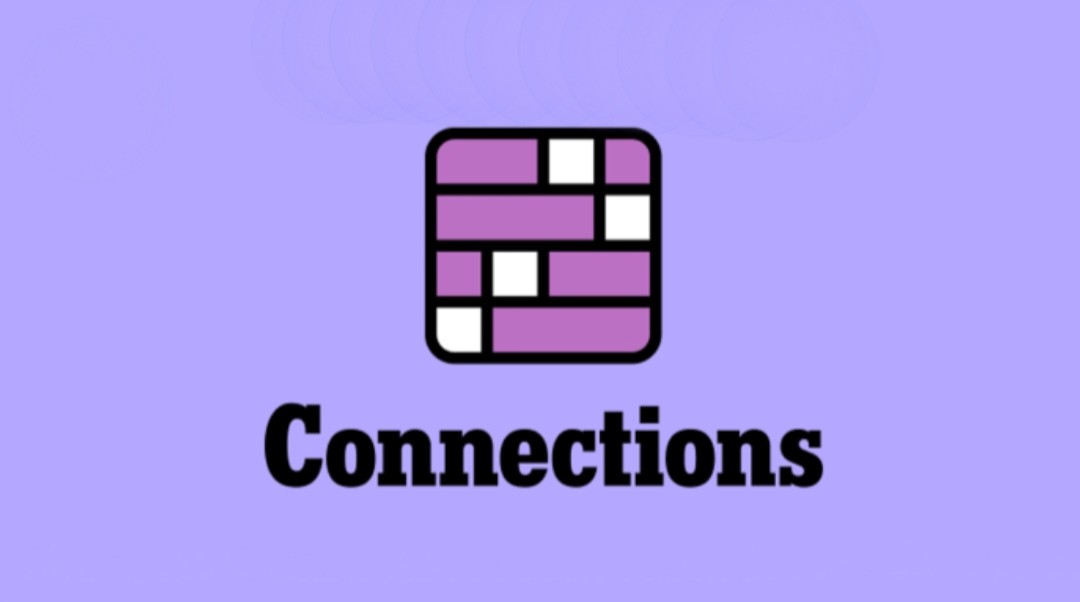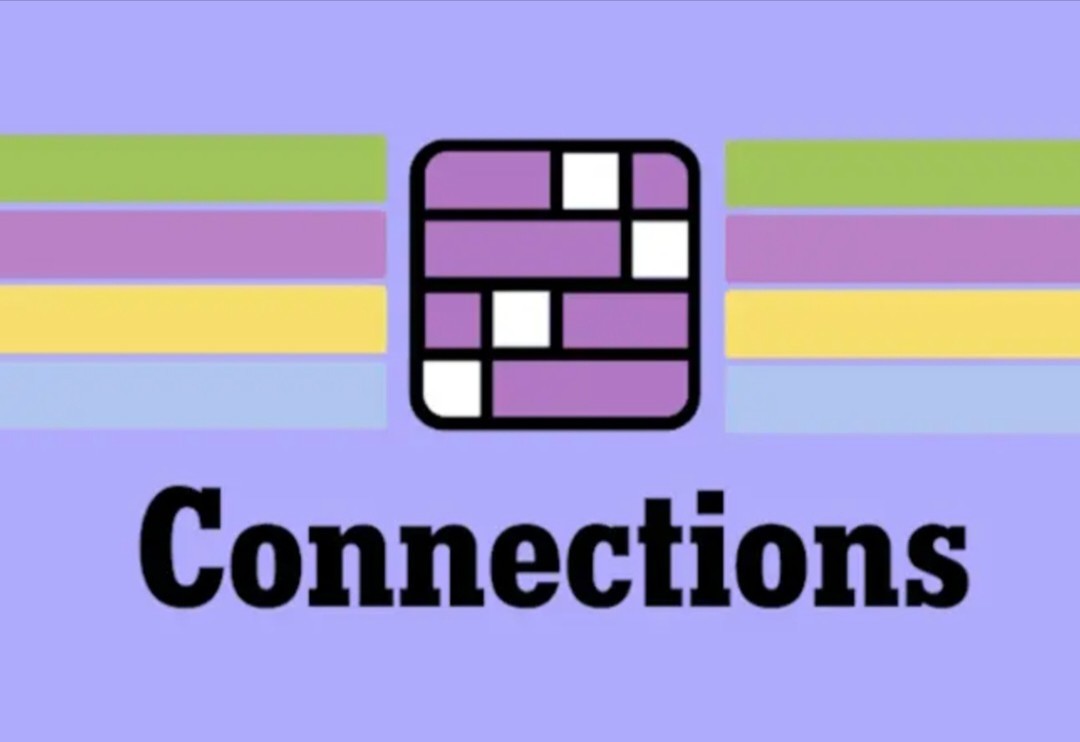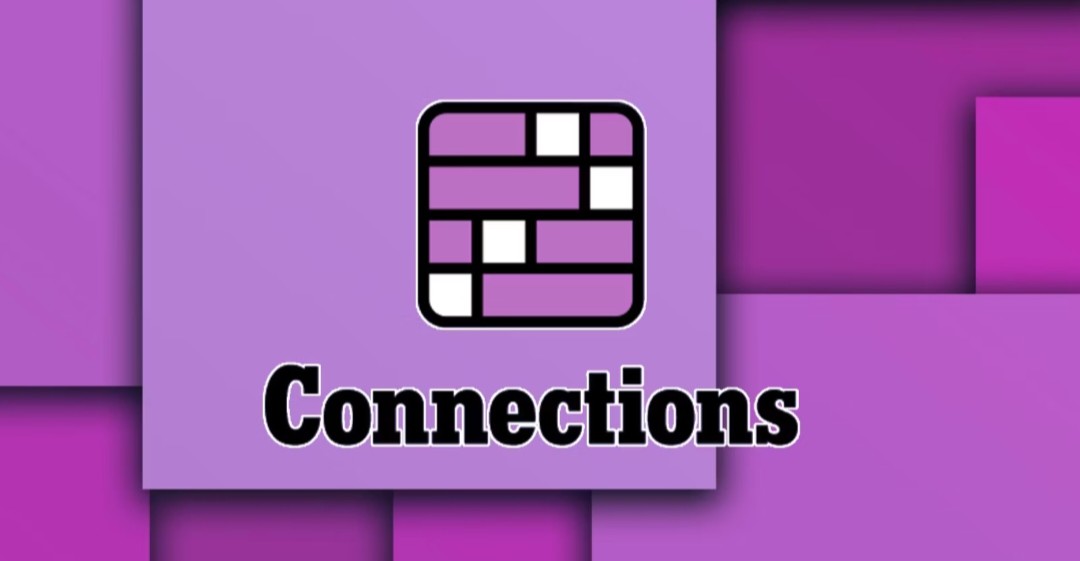Today’s NYT ‘Connections’ column offers readers a plethora of hints and answers to various puzzles and brain teasers. The column aims to challenge and engage readers by providing them with the tools they need to solve complex problems and make connections between seemingly unrelated pieces of information. By offering hints and answers, the column encourages readers to think critically and creatively, pushing them to expand their problem-solving skills and cognitive abilities.
Whether it’s deciphering a cryptic crossword clue or unraveling a tricky logic puzzle, ‘Connections’ provides readers with the support they need to tackle challenging mental exercises. The column serves as a valuable resource for those looking to exercise their brains and keep their minds sharp, offering a fun and engaging way to pass the time while also honing important cognitive skills. Whether you’re a seasoned puzzle enthusiast or a newcomer to the world of brain teasers, ‘Connections’ has something to offer for everyone. So why not give it a try and see if you can crack the code and make the connections?

Interpreting Clues Strategically
Interpreting clues strategically involves analyzing information in a way that allows one to uncover hidden patterns and insights. This skill is essential in various fields, including detective work, problem-solving, and decision-making. By carefully examining clues and considering their relevance and significance, individuals can piece together a coherent narrative or solution to a particular problem.
This process often requires a combination of critical thinking, creativity, and intuition. It involves looking beyond the surface level of information and delving deeper into the underlying connections and implications. Strategic interpretation of clues can lead to breakthroughs in understanding complex situations, identifying potential risks or opportunities, and making informed decisions. It can also help individuals anticipate future outcomes and plan their actions accordingly. Developing the ability to interpret clues strategically can greatly enhance one’s problem-solving skills and overall effectiveness in various aspects of life.
It allows individuals to approach challenges with a more analytical and systematic mindset, enabling them to navigate uncertainty and complexity with greater confidence and success. In essence, interpreting clues strategically is a valuable skill that empowers individuals to unravel mysteries, uncover truths, and make sense of the world around them.
Spotting Common Themes
When analyzing various works of literature, art, or media, it is common to spot recurring themes that help to tie different pieces together. These themes can provide insight into the underlying messages and ideas being conveyed by the creators. By identifying common themes, one can gain a deeper understanding of the subject matter and the emotions it evokes. This can help to create connections between seemingly unrelated works and highlight the universal human experiences that are being explored.
Common themes can vary widely, from love and loss to power and corruption, and can be expressed in a multitude of ways. By recognizing these themes, one can begin to see patterns and trends that may have otherwise gone unnoticed. This can lead to a greater appreciation for the depth and complexity of the works being studied. Additionally, spotting common themes can help to create a sense of cohesion and coherence within a body of work, allowing for a more comprehensive analysis and interpretation. Overall, identifying common themes is an important aspect of critical thinking and can enhance one’s understanding and appreciation of the art and literature they encounter.

Navigating Word Associations
Word associations can be a tricky thing to navigate, as our minds often make connections between words based on personal experiences, emotions, and cultural influences. These associations can vary greatly from person to person, leading to misunderstandings and miscommunications. It is important to be mindful of the potential impact of the words we choose and the associations they may carry for others. By being aware of our own biases and preconceived notions, we can strive to communicate more effectively and avoid unintentionally offending or triggering others.
Additionally, being open to exploring the different meanings and connotations of words can help us expand our understanding and empathy towards others. Through active listening and thoughtful communication, we can work towards creating a more inclusive and respectful environment where word associations are used to foster connection and understanding rather than division. Ultimately, navigating word associations requires a willingness to engage in dialogue, challenge our assumptions, and approach conversations with curiosity and compassion. By being mindful of the power of words and the impact they can have on others, we can strive to create a more harmonious and empathetic world where language is used as a tool for building bridges rather than barriers.
Linking Connections
Linking connections refers to the way in which individuals or groups are able to form relationships and establish ties with one another through various means. These connections can be based on shared interests, values, or experiences, and can serve as a way to bring people together and create a sense of community. In today’s interconnected world, technology has played a significant role in facilitating these connections, allowing people to communicate and interact with each other regardless of physical distance. Social media platforms, messaging apps, and online forums have made it easier than ever for individuals to find like-minded individuals and form bonds with others who share their interests or beliefs.
In addition to technology, linking connections can also be formed through more traditional means, such as face-to-face interactions, community events, or through mutual acquaintances. These types of connections often lead to the creation of strong and lasting relationships, as they are built on a foundation of trust and shared experiences. By linking connections with others, individuals are able to expand their social networks, gain new perspectives, and find support and companionship in times of need.
However, it is important to be mindful of the impact that these connections can have on our lives. While forming connections with others can be enriching and fulfilling, it is also important to be cautious and discerning in our interactions. Not all connections are beneficial or healthy, and it is important to be aware of the potential risks and pitfalls that may come with forming relationships with others. By approaching linking connections with a sense of awareness and mindfulness, individuals can ensure that they are fostering positive and meaningful relationships that contribute to their overall well-being and happiness.

Revealing Today’s Solutions
In today’s society, it is becoming increasingly important to uncover and discuss the solutions that are available to address the various challenges we face. From environmental issues to social injustices, there are a plethora of complex problems that require innovative and thoughtful solutions. By shedding light on these potential remedies, we can inspire change and progress in our communities and beyond.
Whether it be through technological advancements, community activism, or policy reform, there are countless ways in which we can work together to create a more sustainable and equitable world. By revealing and promoting these solutions, we empower individuals and organizations to take action and make a positive impact in their respective fields. It is through open dialogue and collaboration that we can truly make a difference and build a better future for generations to come. By highlighting the ways in which we can address our most pressing issues, we can inspire others to join us in our efforts and create lasting change. Ultimately, by revealing today’s solutions, we can pave the way for a more just and prosperous society for all.